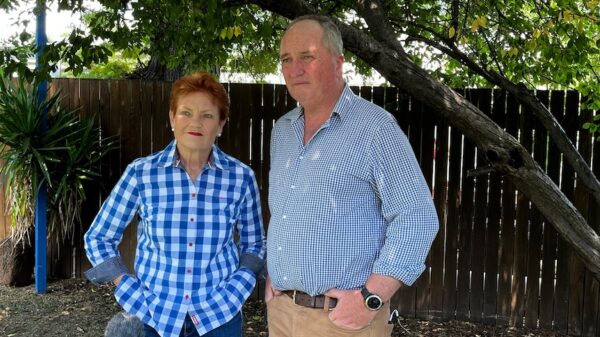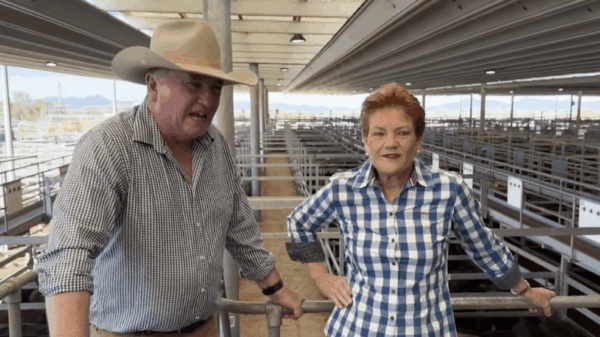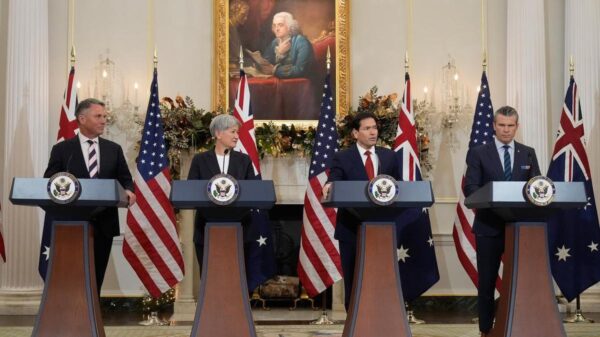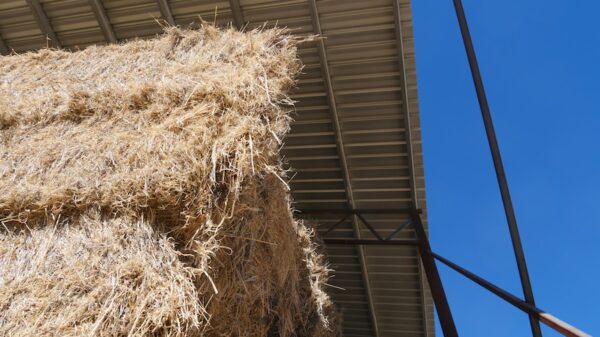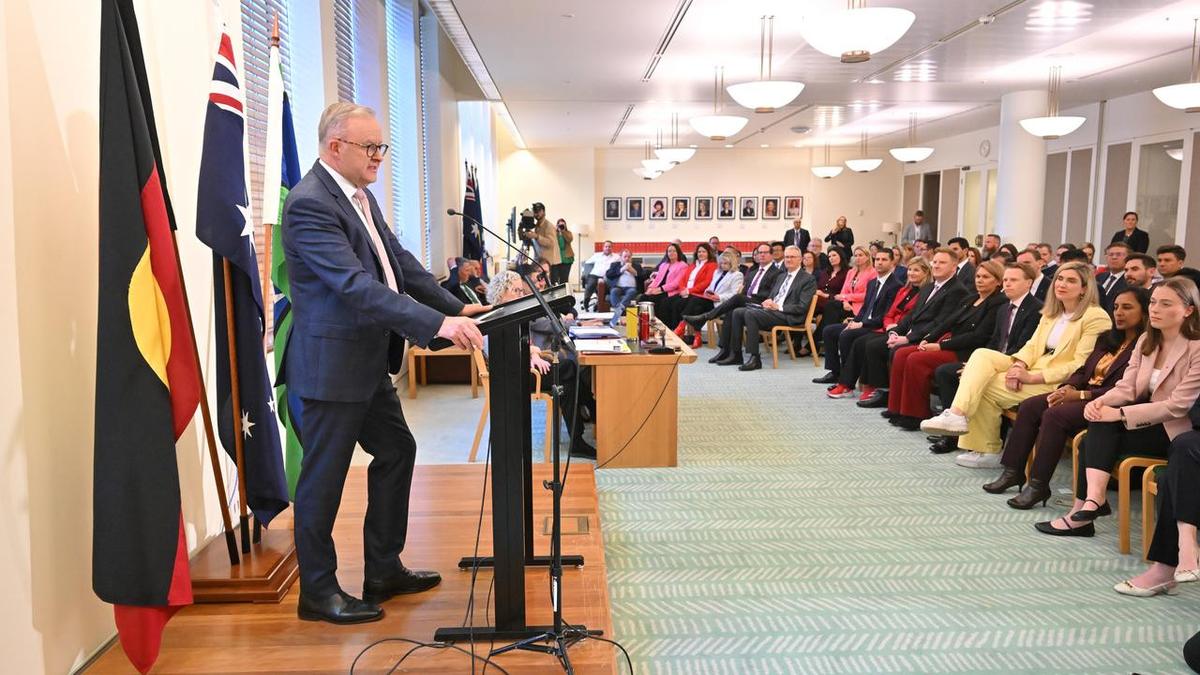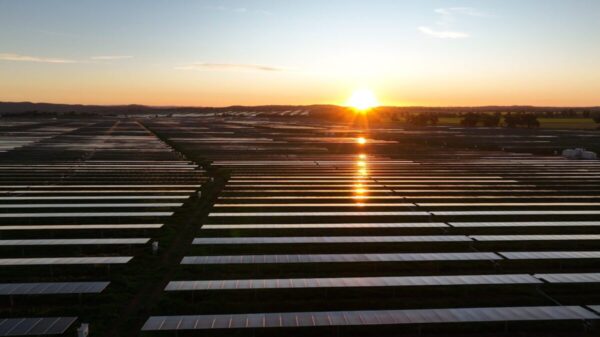UPDATE: Australia’s 48th Parliament officially opens on July 25, 2023, marking a new political landscape for Members of Parliament (MPs). The session begins with a ceremonial swearing-in of MPs and senators, setting the stage for significant legislative changes and evolving party dynamics.
Prime Minister Anthony Albanese enters his second term with an expanded parliamentary majority, as the Labor Party now controls 94 of the 150 seats in the House of Representatives. In stark contrast, Opposition Leader Sussan Ley leads a diminished coalition, holding just 43 seats. This shift could ease Labor’s path to implementing its agenda, but challenges loom ahead.
Political analyst Jill Sheppard from the Australian National University warns that the expanded caucus might pose difficulties for Labor. “The pitfall for the government is less so hubris because they still have to negotiate with a pretty boisterous Senate,” she stated. Sheppard emphasizes the necessity for Labor to manage its larger caucus effectively, noting that “everyone will want to have a say in what direction they go.”
Legislation on the agenda for the first week includes a proposed 20% reduction in HECS debt for university students, protections for penalty rates, and enhanced safety measures at childcare centres. The coalition is currently reviewing its election policies but has indicated potential support for the student debt reduction and childcare protections.
Ley expressed her readiness to challenge the government during this parliamentary term. “That’s what people expect,” she asserted, highlighting the need for a government that understands everyday lives and allows for personal agency. “Our policies are up for review, but our values are not.”
Despite the coalition’s struggles, Sheppard notes a potential silver lining for Ley. “Even before the election, the Liberals had a confidence problem,” she remarked, suggesting that smaller numbers could help consolidate Ley’s leadership.
As the parliament convenes, the focus will be on how both parties navigate these internal dynamics and external pressures. With urgent legislative matters at hand, the actions taken in the coming days will significantly impact the trajectory of Australian governance.
Stay tuned for updates as the situation develops. This new political chapter could reshape the landscape of Australia for years to come.










